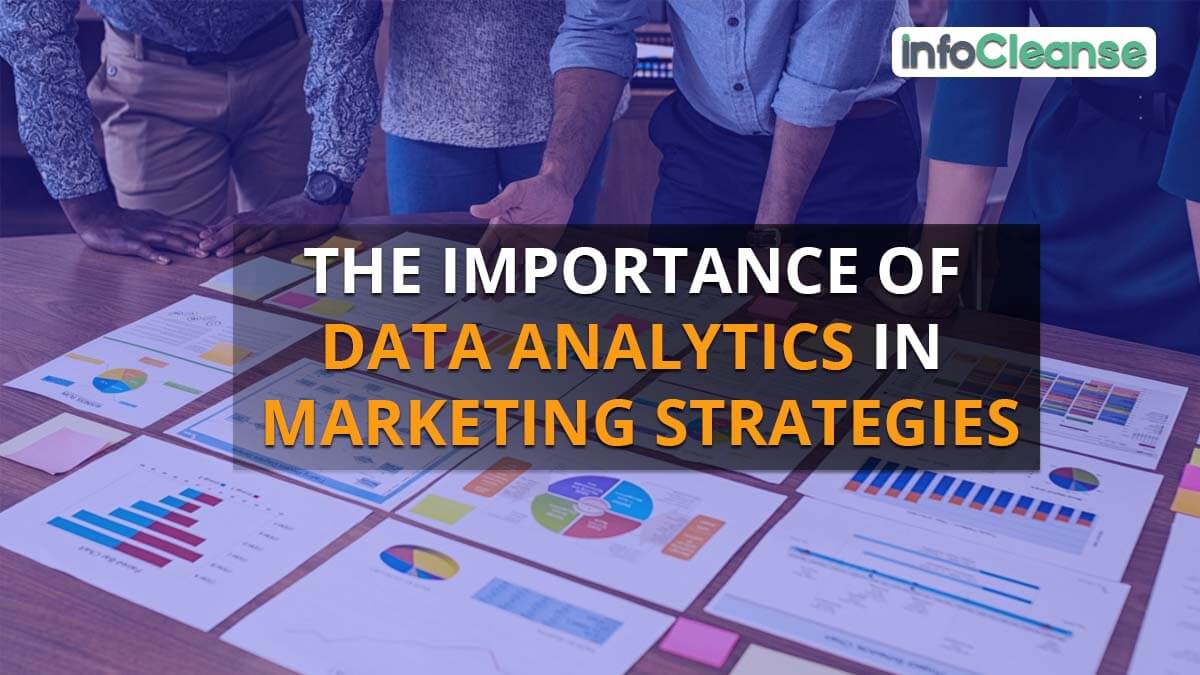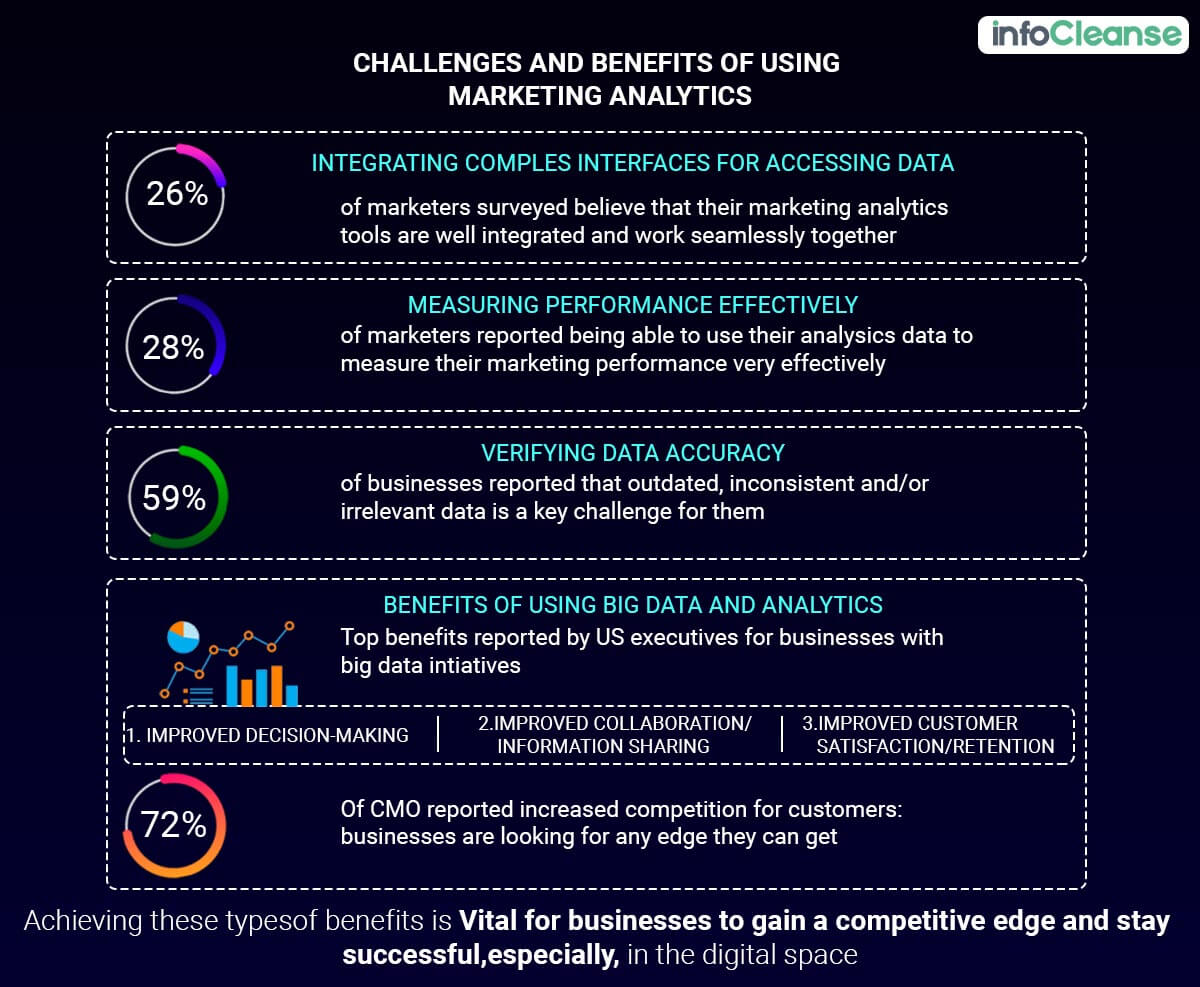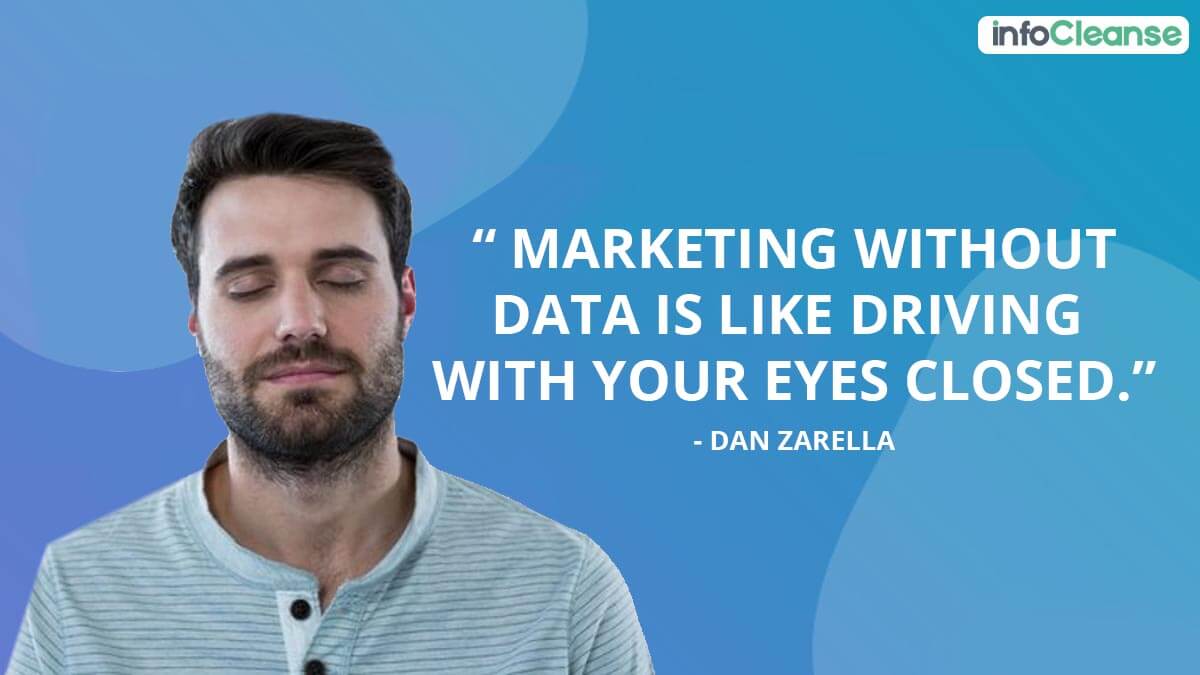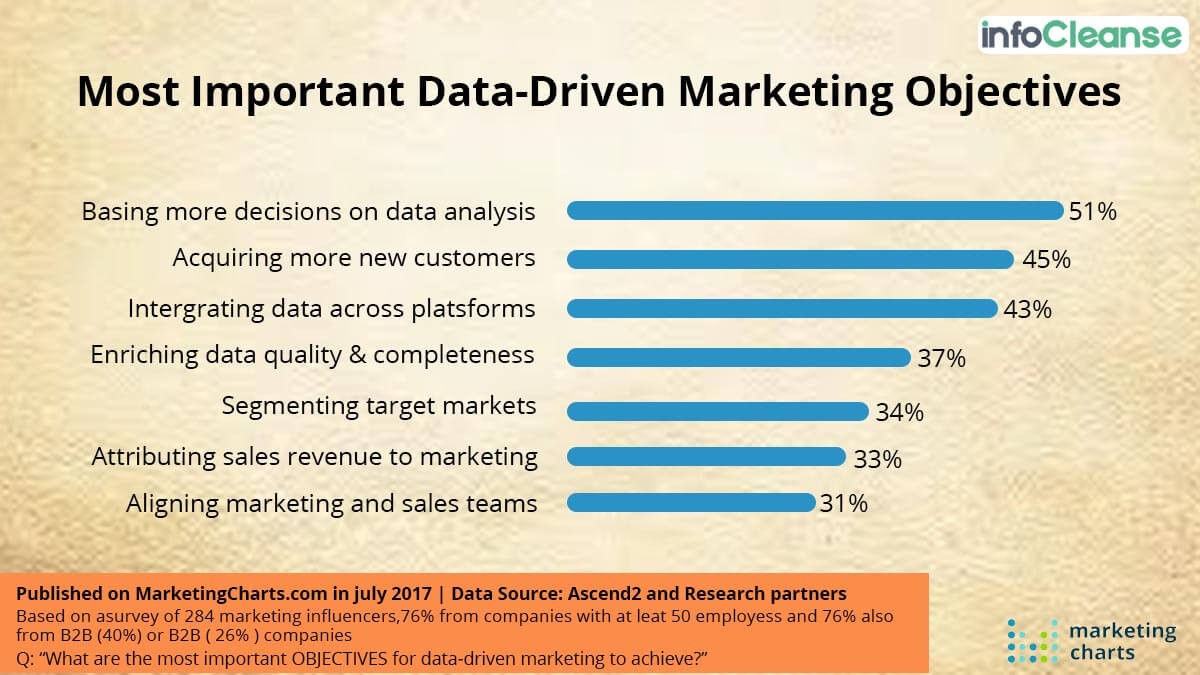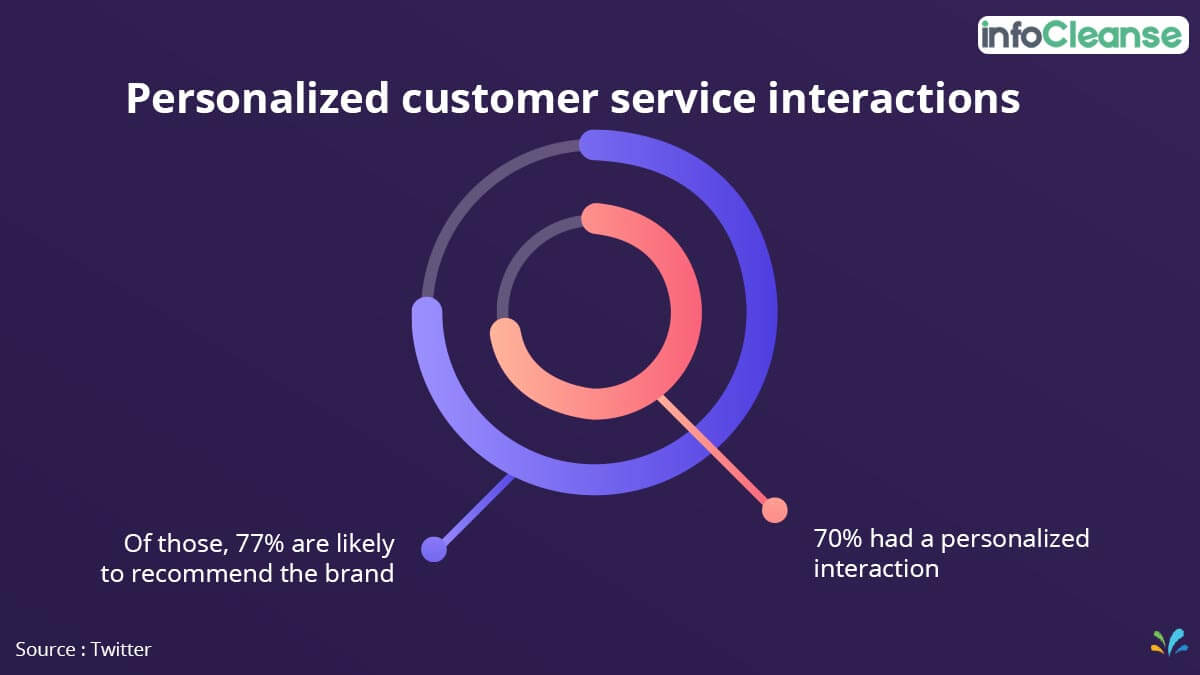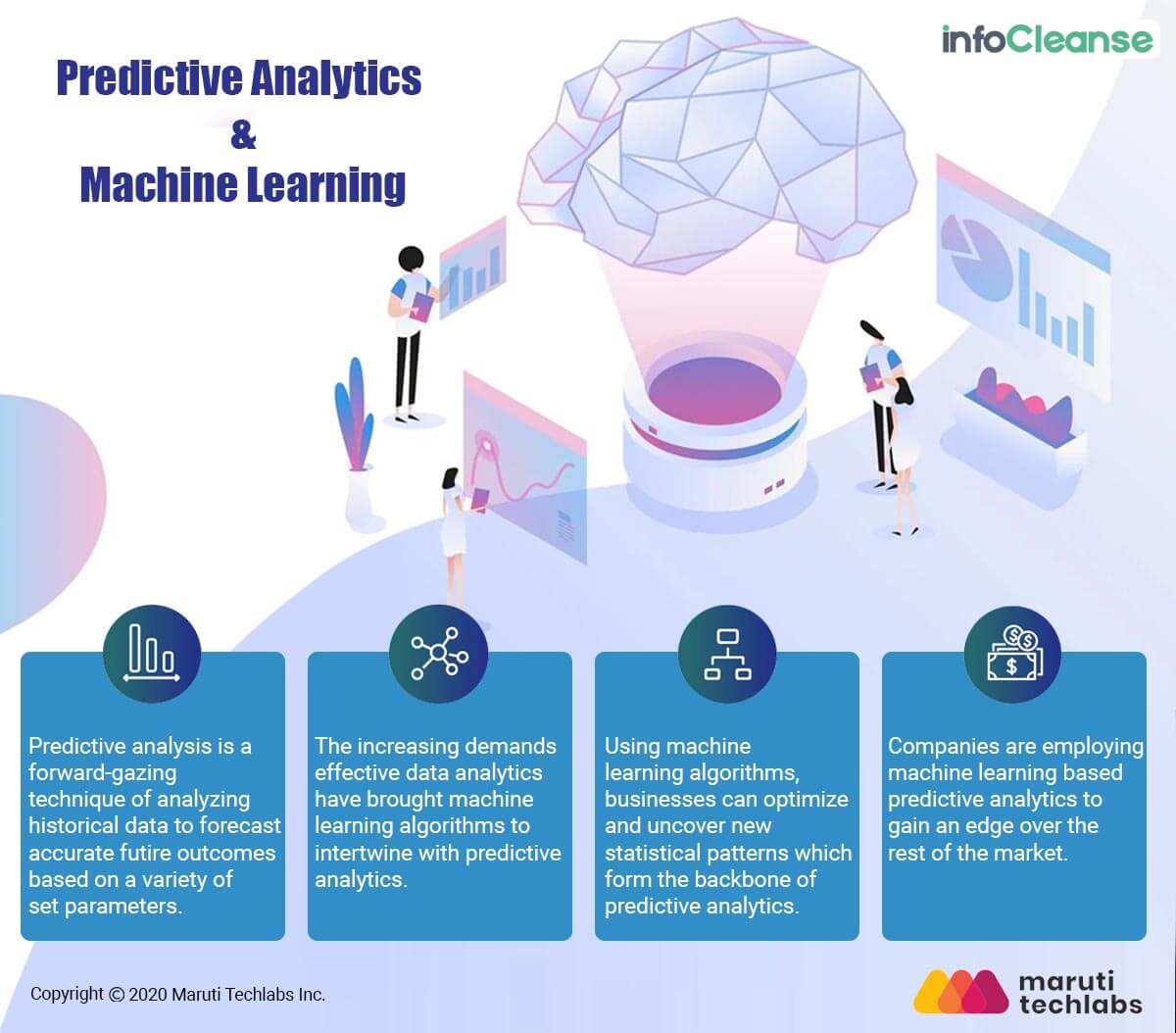In an era that’s highly influenced by various technological marvels, we are producing and generating more data as compared to before.
Through each online card transaction, GPS pinpoint via smartphones, every other online click, and more, we contribute to a massive and varied dataset – a dataset that’s immensely valuable to marketers.
Now with that said, over the years, marketing has become revolutionized through the use of data analytics, thus, allowing brands to convey more targeted messaging while measuring their ROI (Return on Investment).
Data analytics has indeed become an essential part of marketing as it helps provide insights that can drastically improve customer targeting across various devices and channels.
What is Data Analytics?
The entire process & tools required in processing datasets and interpreting important insights from those data is essentially known as data analytics.
With the use of analytical tools, individuals can:
- Extract and bifurcate valuable data from irrelevant information,
- Analyze the data
- Create patterns & numerical data to make a profitable change
The increasingly diverse role of technology in every business sector generates a massive load of information/data that can help draw valuable insights regarding each field.
As such, data analytics remain an integral part of creating marketing strategies for organizations since it can help predict customer behaviors and trends, perform evidence-backed decisions and increase business productivity.
Why You Should Implement Data Analytics in Marketing Strategies
In a digital agency that specializes in PPC and SEO, it’s crucial to provide insights on user behavior along with brand interactions. Ask yourself this, what are customers trying to find when they interact online with a brand?
Are customers looking for information, an experience, a service, or a product? If so, what exactly landed them over to your site? Did they begin through an organic search, jumped to another social platform, performed another search, click to PPC ad, and finally converted?
If conversions are important then, of course, the data that backs the user journey remains invaluable. If marketers are to multiple their outcomes, businesses must remain in sync with current as well as shifting trends.
All the while, marketers must continue to seek campaigns that can deliver results. As such, a need for high-level users must be anticipated as recognizing high-level patterns can help create clearer footwork for end users.
5 Benefits of Data Analytics in Marketing Strategies
Here are 5 benefits you can look forward to through the use of data analytics:
Increased Visibility
One of the valuable benefits involved in data-driven marketing is greater visibility. Through the use of data, marketers can track customers throughout their entire journey i.e. right from their initial interest to the final purchase. By utilizing insights that are driven from website cookies and CTR (click-through rate), marketers gain a much clearer understanding of what works and what doesn’t, thus, allowing them to formulate expenses in the correct channels.
Personalized Customer Interactions
It’s no surprise how businesses today have access to much more information in terms of customers. This includes the surface-level data regarding their age, gender, and geographical data that can aid companies in deriving consumer preferences and behaviors. This means customers validate and even encourage sharing their data with businesses for receiving personalized marketing.
For instance, a recent report conducted by Salesforce found how 52% of customers are more likely to shift to another brand if companies fail to put any effort into personalized communications. Today, brands with personalized marketing efforts gain fantastic ROI. EasyJet, O2, and Marie Curie are all examples of brands that utilized data from their past customer interactions for delivering targeted messaging.
Social Media Reach
Have you ever considered the number of customers your brand can acquire from social media channels like LinkedIn, Twitter, Instagram, Facebook, and more? Well, this is something where data becomes essentially valuable to a company/brand.
For instance, you can utilize Facebook’s very own Page Insights analytics for checking up on your content performance.
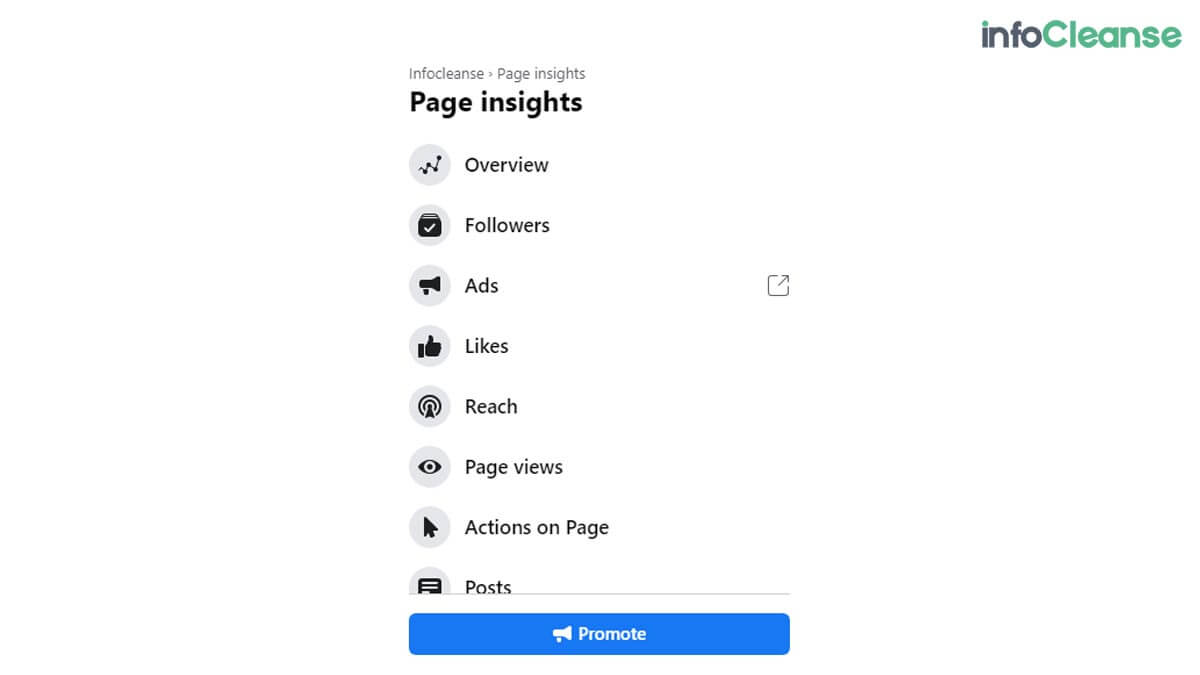 When you’re aware of how well each of your social networking channels is performing and which complements well with your business, you can focus on social marketing much more effectively and efficiently.
When you’re aware of how well each of your social networking channels is performing and which complements well with your business, you can focus on social marketing much more effectively and efficiently.
With useful data metrics, businesses can prove how marketing can deliver qualified leads and convert them into sales. Plus, it optimizes your budget so that you’re able to maximize on your investment.
Improves Product Life-cycle Management
With the advancement of sensor technology, companies can now utilize the data transmitted from the sensors to analyze & improve manufacturing processes, make device failure predictions and identify the correct time for upselling new products.
This data can also offer insights on product development, sales teams & customer support that utilize the information for improving product features, increasing revenues, and more.
As such, companies utilize advance statistical modeling approaches for analyzing sensor data and providing real-time insights regarding root cause analysis, event correlations, forecasting potential risks, and visualizing possible scenarios.
Cross-channel Visibility
As we’re all aware, brand interaction is no longer restricted to walking inside a shop and viewing products. Email communications, social media engagements, website visits all factor in on building a much more complex picture.
Plus, keeping track of these interactions is no easy task and it can pose a difficult challenge, especially when and if the average user has five, eight or even ten different social media accounts.
The solution here is to use data analytics to refine this complex web into a much more cohesive customer profile. When brands can achieve this, customers are likely to receive a more uniform and high-quality experience.
Final Thoughts
Through data, you can avail vast opportunities depending on your vision and leadership. Data analytics continue to be a valuable journey that can assist businesses in solving key issues.
However, as big of an advantage data can be, businesses may easily get overwhelmed by it in the absence of proper knowledge and utilization. Hence, it’s important to follow up on its proper usage.
Despite the benefit it offers, many marketing departments remain slow in adopting the technology of data analytics. But, of course, this will all change very soon and quickly with research from Forrester(2016) indicating about 89% of brands planning to invest in predictive analytics at some point.

